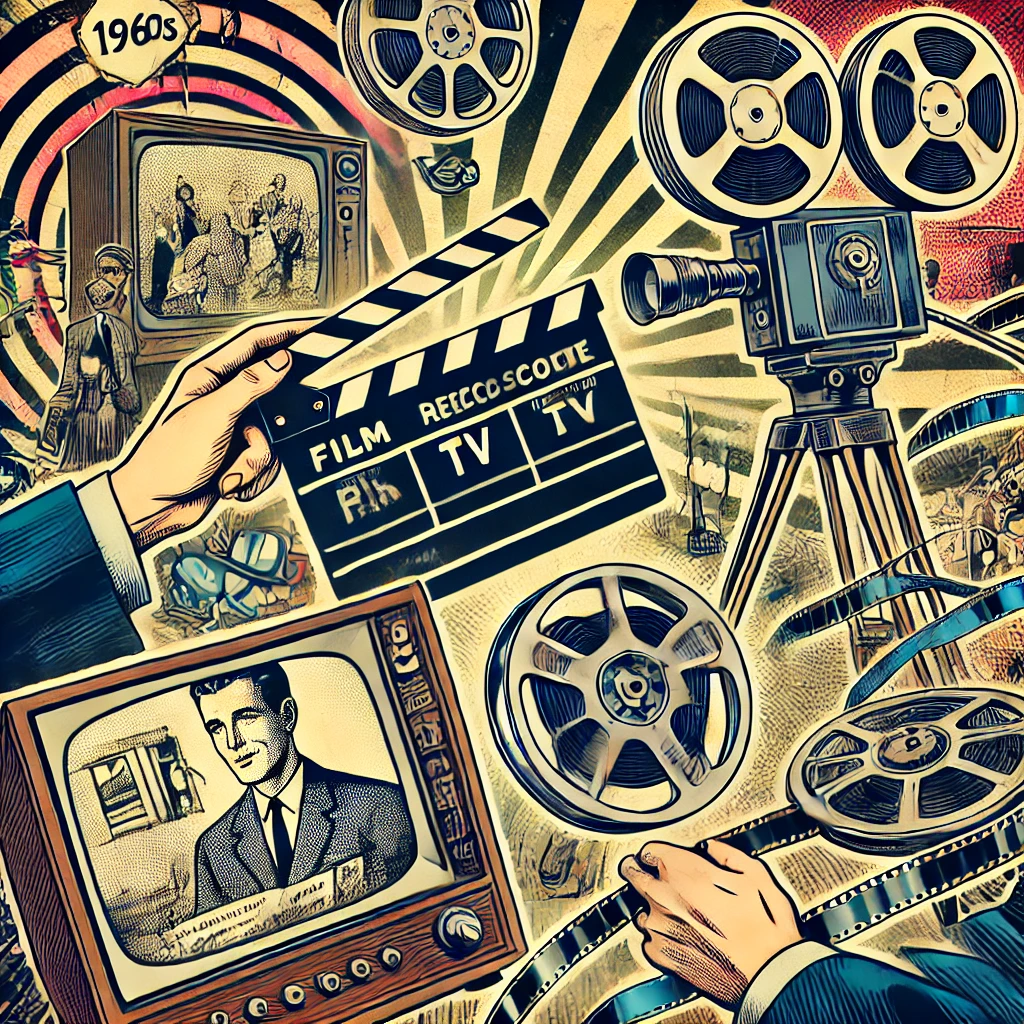Development of Film TV Videotape
- How his video tape recorder saved the ABC network
- Who coined the term “glitch”
- Why the first video field shoots involved 1 ton “portable” video decks on pickups
- Why it was so hard to invent the video tape recorder
The development of film, television, and videotape represents significant milestones in the history of media and entertainment. Here’s a brief overview of each:
1. Film: The history of film dates back to the late 19th century, with the invention of motion picture cameras and projectors. Early pioneers such as Thomas Edison, the Lumière brothers, and Georges Méliès experimented with capturing and projecting moving images. The silent film era (1890s-1920s) saw the rise of narrative storytelling in cinema, with classics like “The Great Train Robbery” (1903) and “The Birth of a Nation” (1915) becoming landmarks in film history. The introduction of sound in movies with “The Jazz Singer” (1927) marked the transition to the “talkies” era, leading to further advancements in film technology, including color, widescreen formats, and special effects. The post-war period saw the emergence of new cinematic movements such as Italian Neorealism, French New Wave, and the American New Hollywood, which pushed the boundaries of storytelling and filmmaking techniques.
2. Television: The development of television began in the early 20th century with experiments in transmitting moving images over long distances. The first successful demonstration of electronic television occurred in the 1920s by inventors such as John Logie Baird (in the UK) and Philo Farnsworth (in the US). Television broadcasts became more widespread in the 1940s and 1950s, with the advent of commercial networks like NBC, CBS, and ABC in the United States. The medium experienced rapid growth in the post-war period, becoming a dominant form of entertainment and news dissemination. The introduction of color television in the 1950s and 1960s further expanded the audience for television programming. Over the decades, television technology continued to evolve, with the transition from analog to digital broadcasting, the introduction of high-definition (HD) and ultra-high-definition (UHD) formats, and the rise of streaming services and internet-enabled smart TVs.
3. Videotape: Videotape revolutionized the television industry by enabling the recording and playback of television broadcasts. The development of videotape technology began in the 1950s, with the introduction of formats such as Quadruplex by Ampex Corporation. Videotape allowed broadcasters to pre-record programs, edit footage, and broadcast content across different time zones. The introduction of consumer-grade videotape formats such as VHS (Video Home System) and Betamax in the 1970s further democratized access to recorded television content, leading to the rise of home video rental and sales markets. Digital videotape formats such as Digital Betacam and DVCAM emerged in the 1980s and 1990s, offering improved image quality and editing capabilities. Eventually, digital recording and storage technologies supplanted analog videotape, with formats such as DVDs, Blu-rays, and digital video files becoming the standard for home entertainment and professional production.

Overall, the development of film, television, and videotape has transformed the way we consume and interact with media, shaping our cultural landscape and influencing our collective imagination. From the early experiments in capturing moving images to the digital streaming services of today, these mediums continue to evolve and innovate, reflecting and shaping the world around us.
